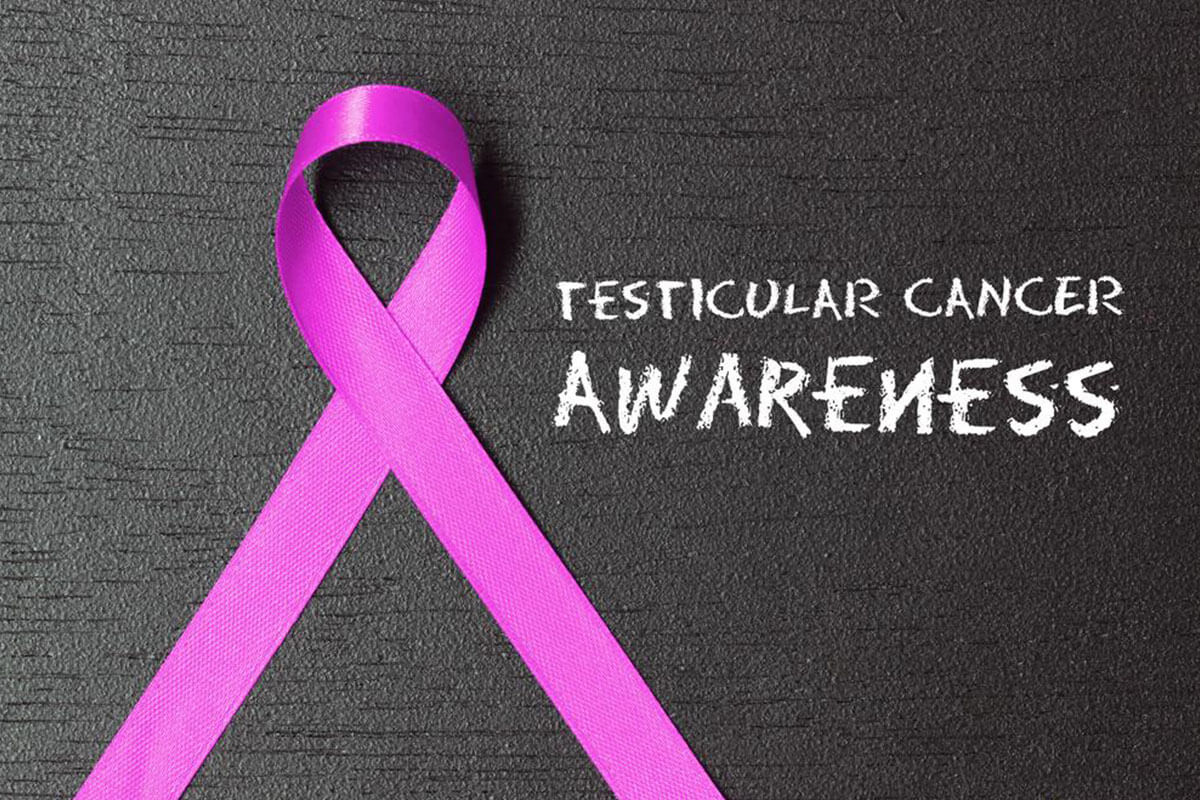Comprehensive Guide to Recognizing Early Signs of Bladder Cancer and Ensuring Timely Diagnosis
This comprehensive guide highlights the key early signs of bladder cancer, including blood in urine, pain during urination, and frequent urination. Recognizing these symptoms early can significantly improve treatment outcomes. The article discusses bladder cancer types, symptoms, and the importance of early detection for effective management, especially for high-risk groups. Regular check-ups and prompt medical consultation are emphasized to catch the disease early and prevent progression. Staying informed about bladder cancer symptoms can save lives through timely intervention.

Identifying Early Indicators of Bladder Cancer for Better Treatment Outcomes
Early detection of bladder cancer plays a crucial role in improving patient prognosis. Recognizing the subtle and common symptoms can facilitate timely intervention and significantly enhance treatment success rates.
The bladder is a hollow, muscular organ situated in the pelvic area responsible for storing urine produced by the kidneys before elimination. This vital component of the urinary system can develop abnormal cell growth in its lining. When such cellular mutations occur, they can lead to bladder cancer. Due to its location and function, any dysfunction or disease affecting the bladder can also impact other organs such as the kidneys and bowels. If bladder cancer remains untreated, it has the potential to spread rapidly beyond the initial site, invading other parts of the body and leading to serious health complications.
Bladder cancer predominantly affects men, with increased prevalence among individuals aged 65 and older. It originates when the normal cells lining the bladder undergo mutations and start to multiply uncontrollably, resulting in tumor formation. These tumors can be classified as benign or malignant; however, malignant tumors pose a significant risk as they can invade surrounding tissues and metastasize to distant organs.
Classification of bladder cancer depends mainly on how deeply the tumor invades the bladder wall. The primary categories are:
Non-invasive bladder cancer: These tumors are confined to the innermost lining of the bladder, known as the urothelium. This form is typically easier to treat with high success rates when detected early.
Invasive bladder cancer: In this more advanced stage, cancer penetrates into the muscular layers of the bladder wall and may invade surrounding tissues or lymph nodes. It is more challenging to treat and carries a higher risk of metastasis to distant organs like the liver, lungs, or bones.
Recognizing bladder cancer early significantly improves the chances of successful treatment and long-term survival. The most common early warning sign is hematuria—blood in the urine—which may be painless and unnoticed at first. Being vigilant about other symptoms can lead to prompt diagnosis and better management. Here are key symptoms to watch for:
Blood or blood clots in urine (hematuria), often the earliest sign of bladder cancer
Burning sensation or pain during urination (dysuria)
Persistent urgency to urinate, even when the bladder isn't full
Frequent urination with small volumes each time
Recurrent urinary tract infections (UTIs) that don't resolve with standard treatment
As the disease progresses, additional symptoms may emerge, indicating possible invasion or metastasis:
Difficulty urinating or inability to urinate despite feeling the urge
Lower back pain around the kidney area or on one side, often due to tumor spread or obstruction
Pelvic masses or noticeable growths near the bladder region
Swelling in the legs or feet, due to lymphatic obstruction
Unexplained weight loss and loss of appetite
Pain in bones, pelvic, or rectal regions, suggesting metastasis
Anemia, which can result from blood loss or systemic effects of cancer
It's important to understand that not all individuals with bladder cancer present obvious symptoms, especially in the early stages. Some may experience subtle or no signs at all. Therefore, regular medical check-ups and vigilance are essential, particularly for those at higher risk—such as older adults, smokers, and those with a history of occupational exposure to certain chemicals. If any of these symptoms are observed or suspected, seeking immediate medical evaluation is crucial. Early diagnosis through urine tests, cystoscopy, or imaging studies increases the chances of successful treatment and improves survival rates, underscoring the importance of awareness and proactive health monitoring.





